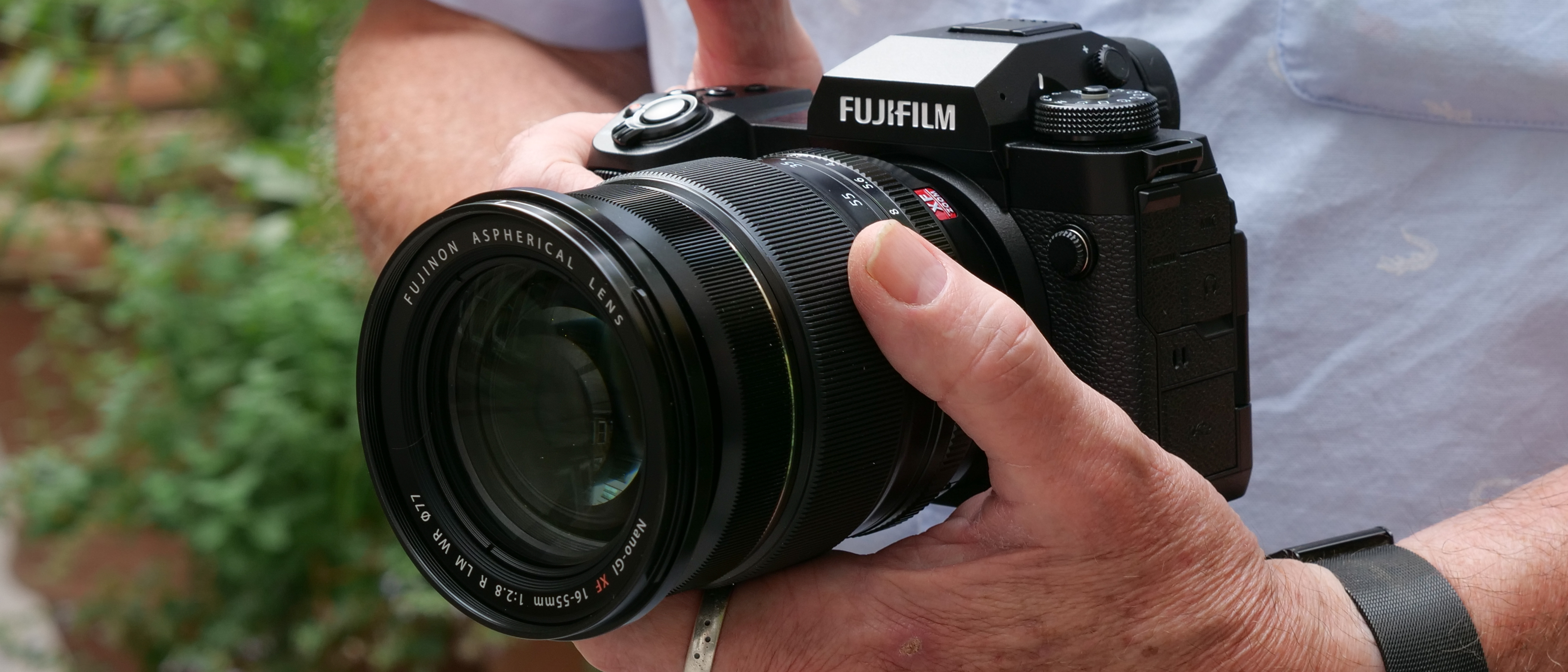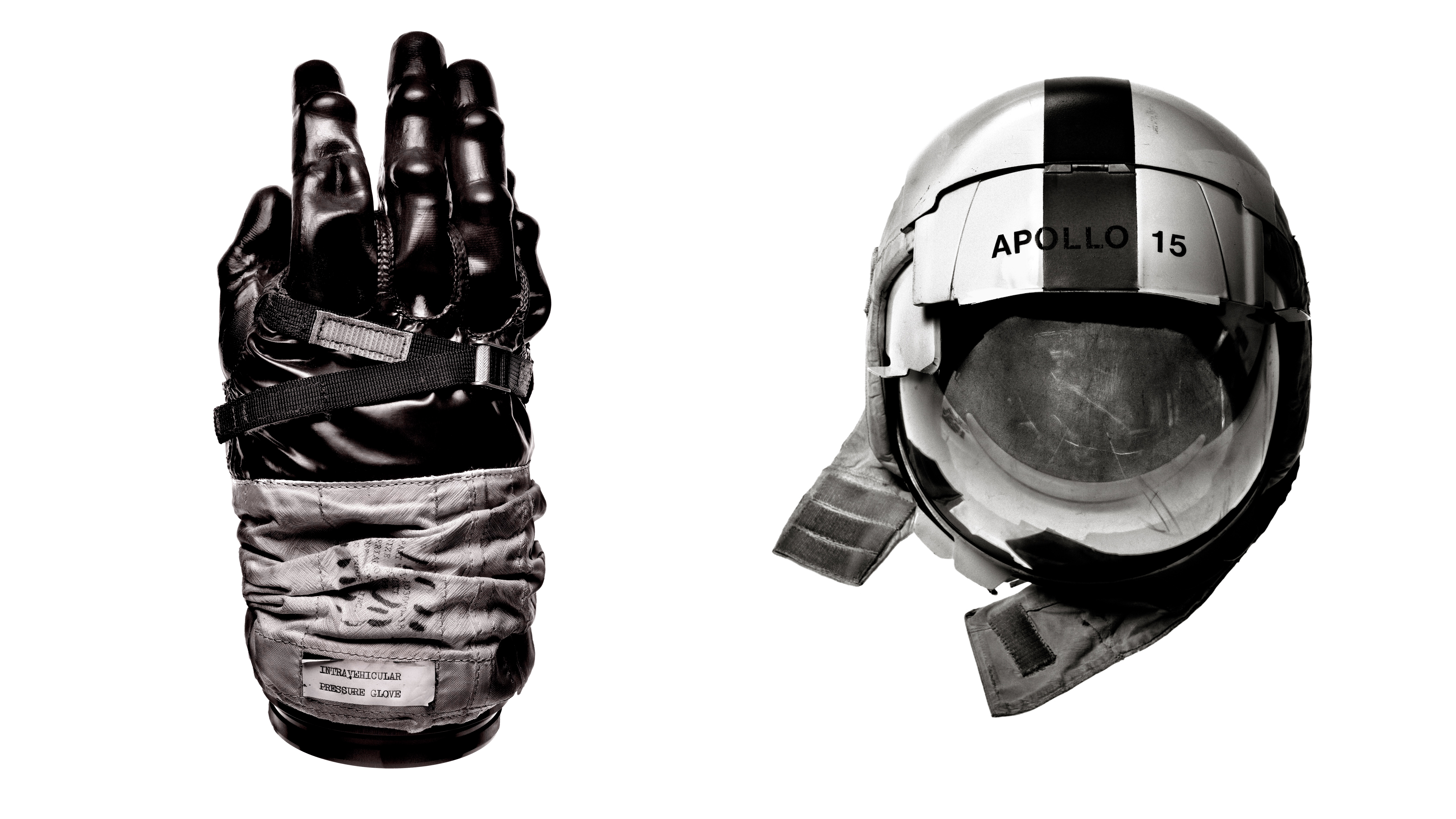Digital Camera World Verdict
The Fujifilm X-H2 has produced an extremely compelling camera at an equally compelling price. With its 40MP resolution and 8K video, it takes on some full-frame big guns at half the price – while being made to the same exacting, professional standards. The X-H2 has effectively redefined what can be expected from an APS-C camera system.
Pros
- +
40MP still images
- +
8K video with long recording times
- +
15/20fps continuous shooting
- +
160MP multi-shot mode
Cons
- -
Cooling fan is extra
- -
X-H2S is better for outright speed
Why you can trust Digital Camera World
The Fujifilm X-H2 has the highest resolution yet in an APS-C camera, its 40-megapixel sensor surpassing that of all but a handful of full-frame cameras. It can also shoot 8K video, never before achieved with the APS-C format, and matched by an even smaller set of full-frame cameras. And it does this at a price far, far below that of any of these full-frame models, and some of the best Fujifilm cameras like the medium format GFX 50S II.
Fujifilm sold us a dummy in 2022. Rumors abounded of a new 40MP APS-C flagship, later confirmed by Fujifilm as being ‘in development’, then talk shifted to an ultra-fast camera with a stacked sensor. Then it became apparent that Fujifilm was launching two flagship cameras, not one, and the first to arrive was the high-speed Fujifilm X-H2S, spectacular in its own right but the precursor for many to the main event, the Fujifilm X-H2.
• Fujifilm X-H2 vs X-H2s: what's the difference?
The Fujifilm X-H2 and X-H2S are a very strong double-act. The 26-megapixel X-H2S has blinding professional speed while the 40-megapixel X-H2, fast in its own right, offers professional levels of resolution both for stills photography and video.
Physically, they are all but identical. But in terms of what they do and how they do it, they are somewhat different. The X-H2 is for photographers for whom resolution is everything.
See also: Fujifilm X-T5 vs X-H2
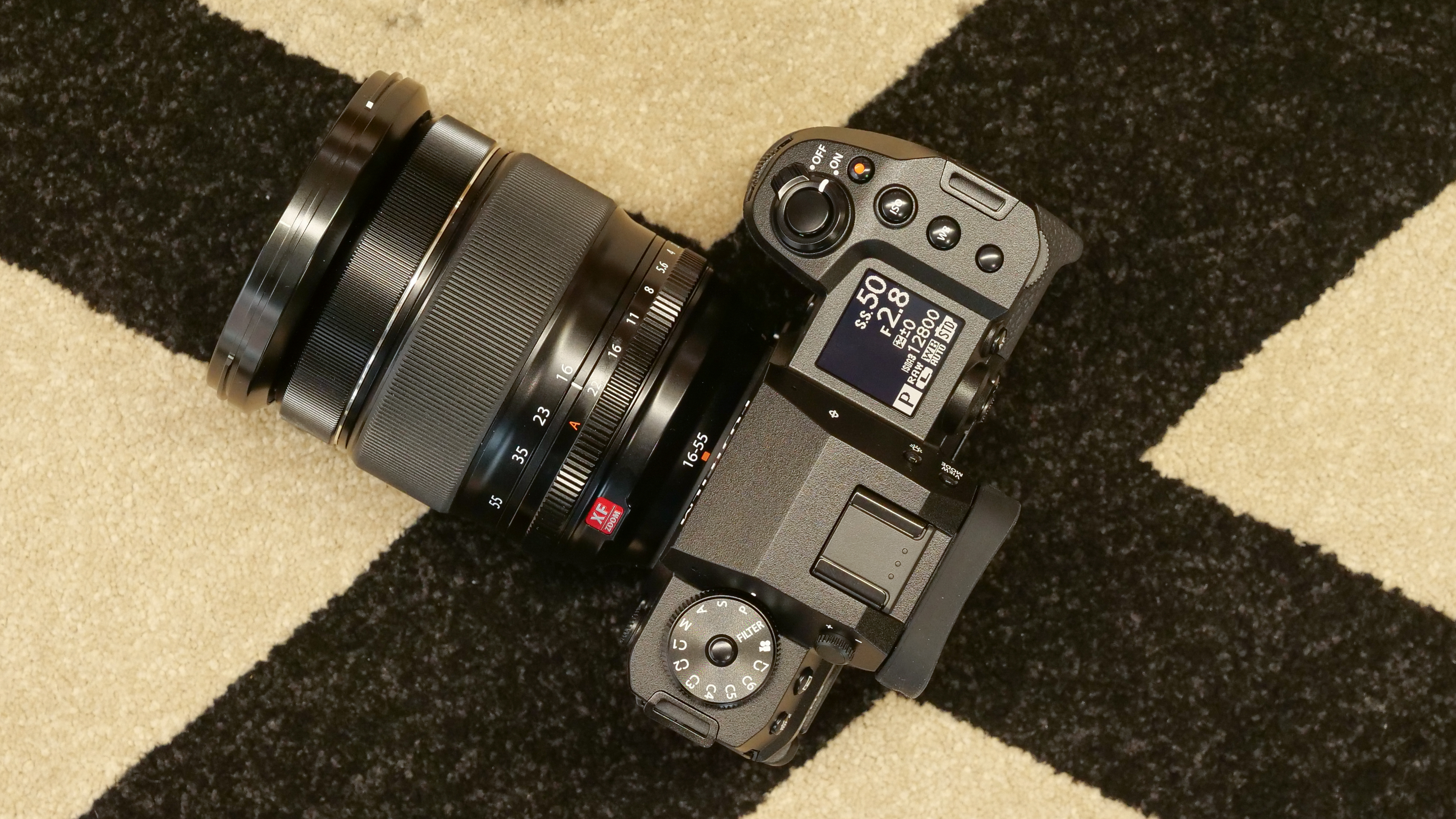
Fujifilm X-H2: Specifications
Sensor: 40MP APS-C X-Trans 5 HR BSI
Image processor: X-Processor 5
Mount: Fujifilm X-mount
ISO range: 64 - 51,200
Shutter speeds: 15 minutes - 1/180,000sec
Image stabilization: 5-axis IBIS
Max image size: 7,728 x 5,152 pixels
Max video resolution: 8K 30p, 6.2K 30p, 4K 60p, 1080 120p
Viewfinder: 5.76-million-dot OLED
Memory card: 2 slots: 1 x CFexpress Type B, 1x SD UHS-II cards
LCD: Vari-angle touchscreen, 1.62m dots
Max burst: 20fps electronic, 15fps mechanical
Connectivity: Wi-Fi, Bluetooth, HDMI, USB-C, 3.5mm mic, 3.5mm headphone, 2.5mm remote
Size: 136.3 x 92.9 x 84.6mm
Weight: 660g / 23oz (including battery)
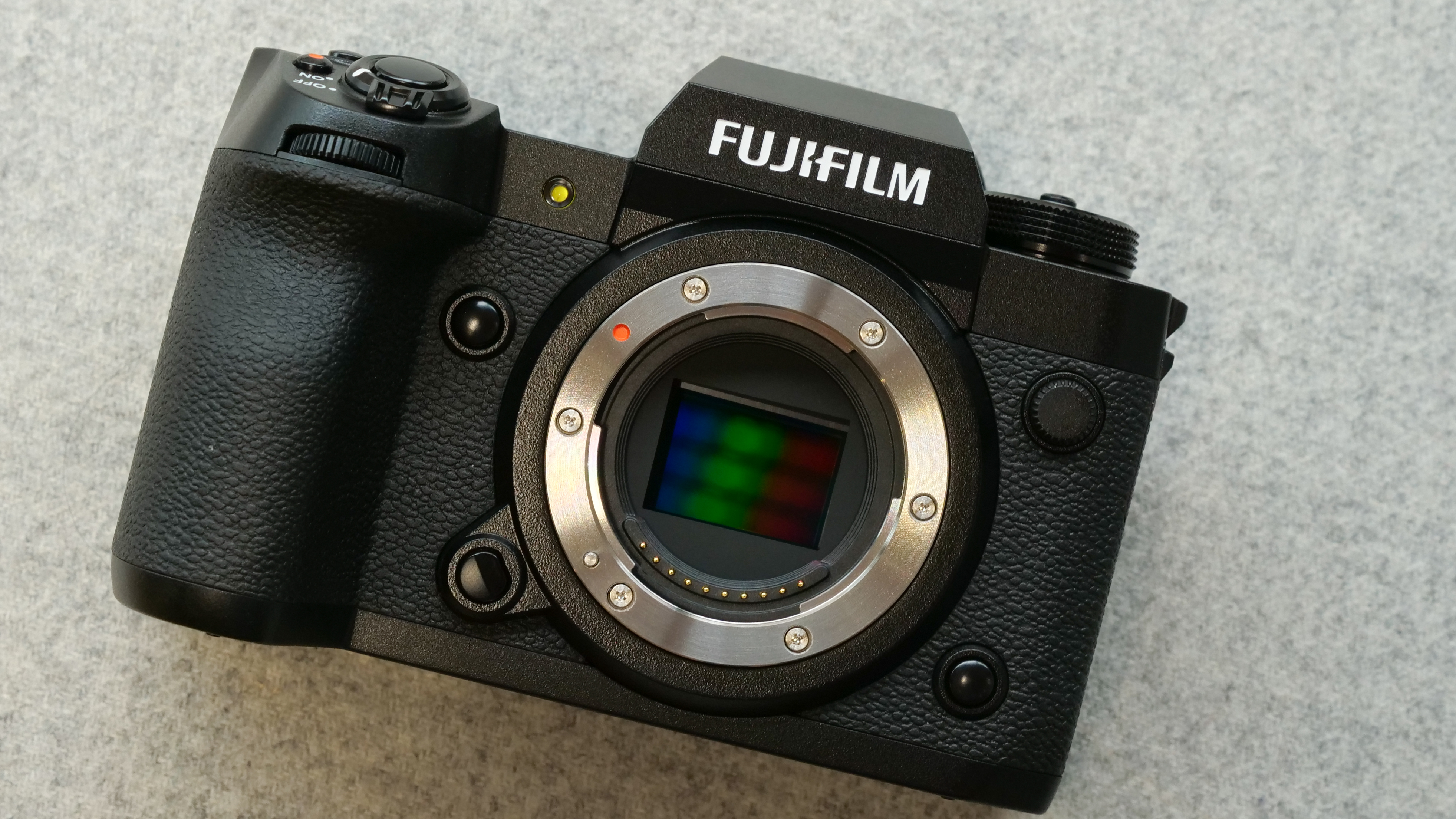
Fujifilm X-H2: Features
The X-H2 has a new 40MP APS-C X-Trans sensor, which is a high enough resolution in itself, but this is supplemented by a 160-megapixel multi-shot pixel-shift mode, which merges 20 separate images into one. It’s 20 shots rather than the usual 16 because of the unique color filter array of the X-Trans sensor design, and the multi-shot merging happens later on a computer – it’s not done in-camera.
Normally, high-resolution sensors sacrifice speed, but while the sensor in the X-H2 does have a slower readout speed than the one in the X-H2S (it doesn’t use the same stacked design), it’s no slouch. With a maximum burst speed of 15fps with the mechanical shutter, it can keep up with most sports cameras for sheer speed. What Fujifilm calls the ‘rolling shutter’ time, i.e. the scan time, of X-H2 sensor is 1/88sec versus the 1/180sec of the X-H2S
The company also acknowledges that the focus tracking performance will not be the same as the X-H2S’s because it can’t match the faster camera’s readout speed. But the X-H2 will be bought primarily for its resolution, and that brings its real headline features.

The 40MP stills (and 160MP multi-shot) resolution are only half the story. The other half is the 8K video capability. Some were hoping for 8K 60p capture, but the X-H2’s 30p capture will be fine for most, and while it can’t match the 4K 120p capture of the X-H2S, it can still do 4K 60p.
Of course, with 8K capture comes that new video bugbear – heat – and its effect on maximum recording times. Well here, Fujifilm comes up trumps. The X-H2 has cooling vents behind the rear screen which allow a claimed recording time of 160 minutes at 25° without any additional cooling, increasing to 240 minutes with Fujifilm’s optional FAN-001 cooling fan (as offered for the X-H2S too). In our book, that’s as good as unlimited recording – a remarkable achievement.
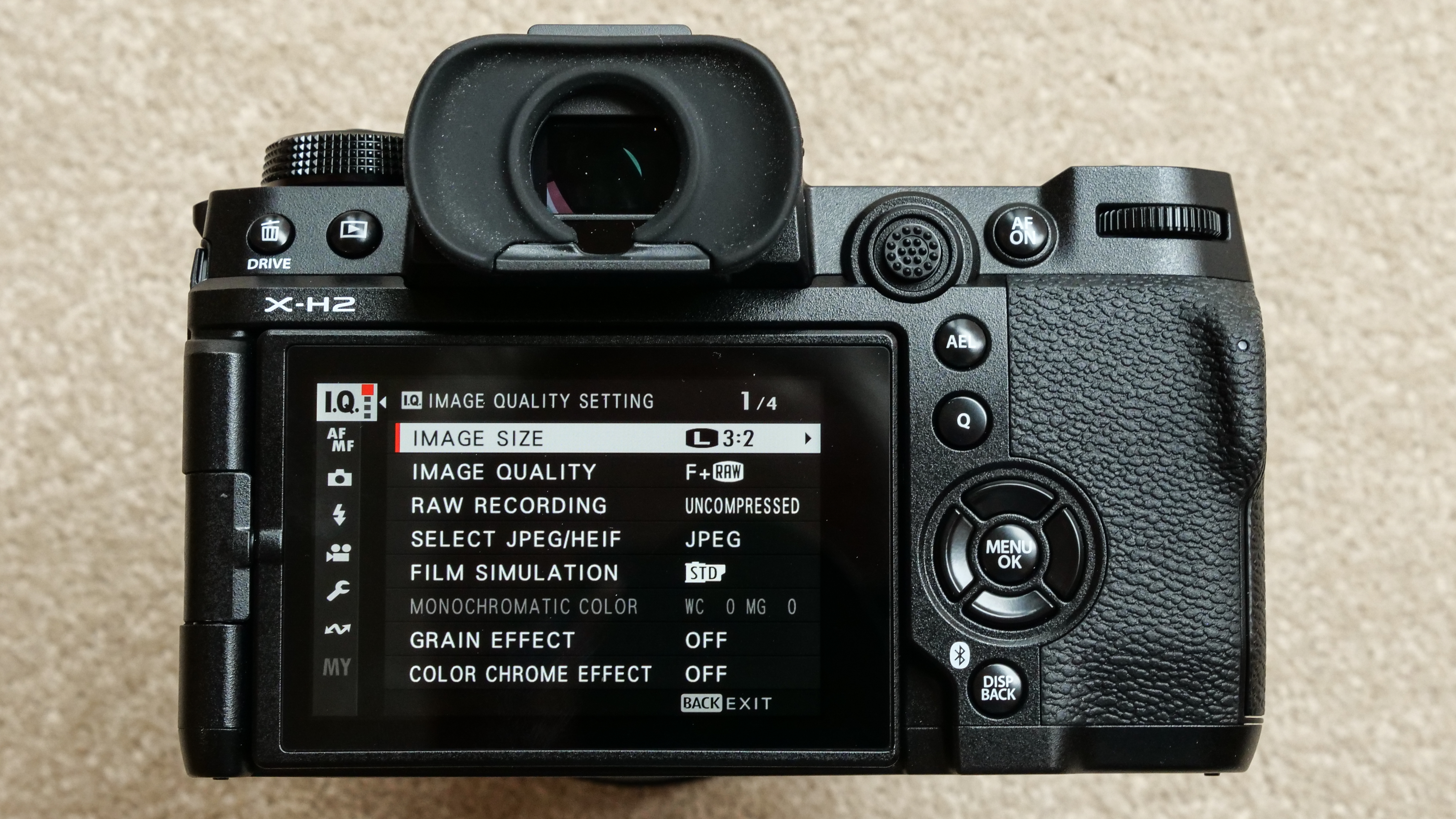
Elsewhere, the X-H2 is identical to the X-H2S, with a very good 5.76m-dot EVF, 1.62m dot vari-angle touchscreen and dual CFexpress Type B and UHS-II memory cards. Naturally, it takes the full range of Fujifilm X-mount lenses, many of which are being updated to meet the speed and resolution of Fujifilm’s latest cameras. One of these, the new Fujinon 56mm f/1.2, is being launched at the same time as this camera.
Fujifilm X-H2: Build & handling
The Fujifilm X-H2 is not a large camera but it has a deep grip for a secure hold and there is a decent amount of space around the controls. These do not follow the traditional external controls of the Fujifilm X-T4, but instead this camera swaps to a conventional mode dial (like the X-H2S). This has no fewer than 7 custom settings (C1-C7) – Fujifilm has opted for in-depth customization rather than a body covered in buttons.
We have so far tried the X-H2 with a variety of lenses, including the Fujinon XF 16-55mm f/2.8 and the newly-announced Fujinon XF 56mm f/1.2 R WR – this camera will be sold body-only and with the XF 16-80mm f/4 – and while it feels best balanced with Fujifilm’s smaller lenses, it’s not too unwieldy with the 16-55mm, a likely pro choice for X-H2 buyers.
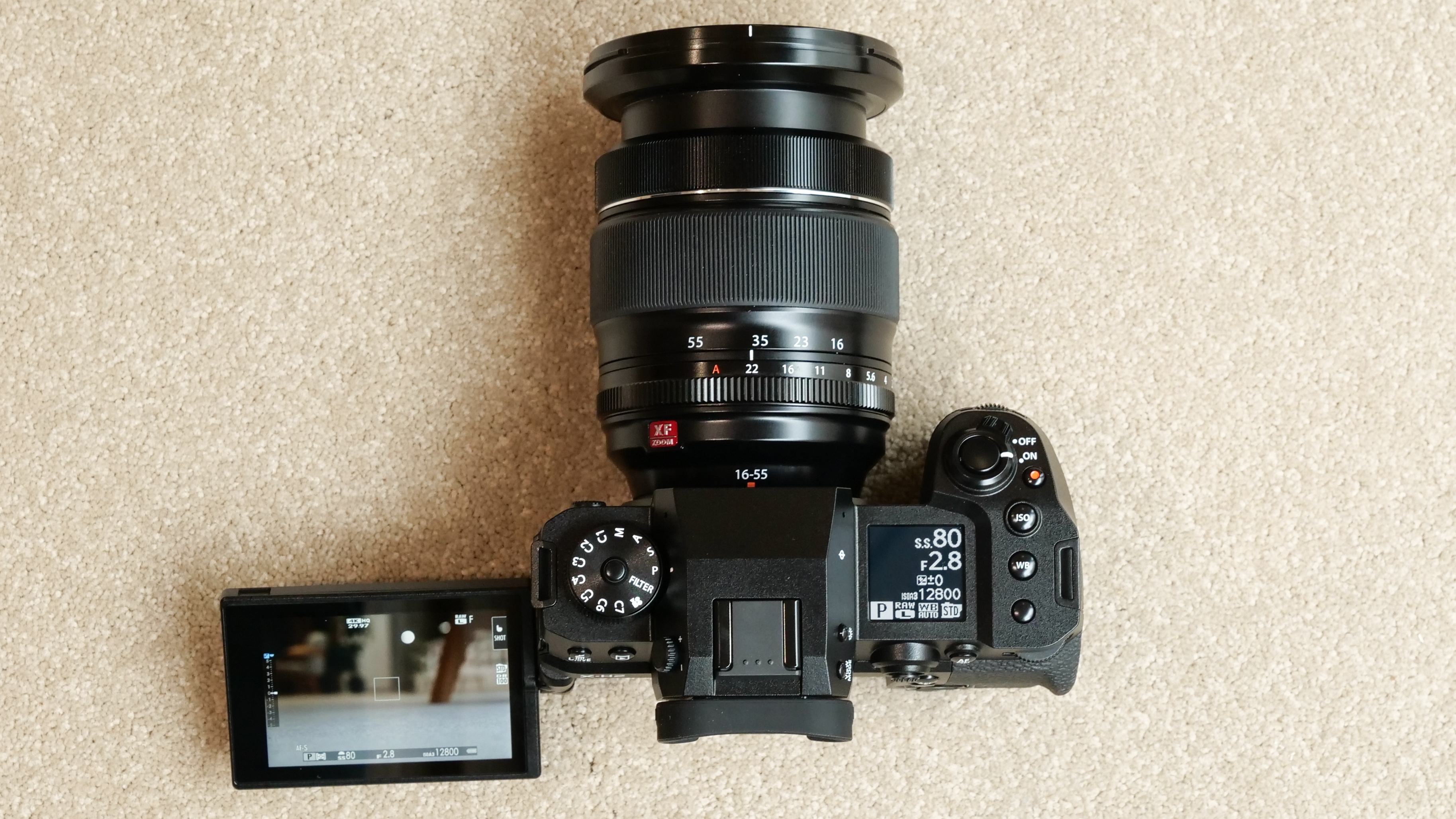
The 5.76m-dot EVF is very crisp and clear, as you would expect from that resolution, and the rear screen is very good too – it’s great to have a fully vari-angle screen rather than a simple tilting screen.
The status display panel on the top of the X-H2 is especially good and worth giving up shutter speed and ISO dials for. The numerals are big and clear and the white-on-black display has bags of contrast.
Theoretically, the Fujifilm X-H2’s responses will be slower than those of the X-H2s, but it still feels a very snappy performer with fast and accurate AF (now with Animal, Bird, Automobile, Bike, Airplane and Train recognition, not just face and eye AF). In use, we didn’t notice a whole lot of difference in responsiveness.
Below you’ll find some sample images taken when in New York when visiting the Fujifilm X-Summit itself, using a final production X-H2. We don't have any sample video yet, but we will add that just as soon as we can get a sample for long enough to check out the 8K capture and other modes more thoroughly.
We do now have a full set of lab results, though, which you can see below, and these are impressive.
Fujifilm X-H2: Sample images

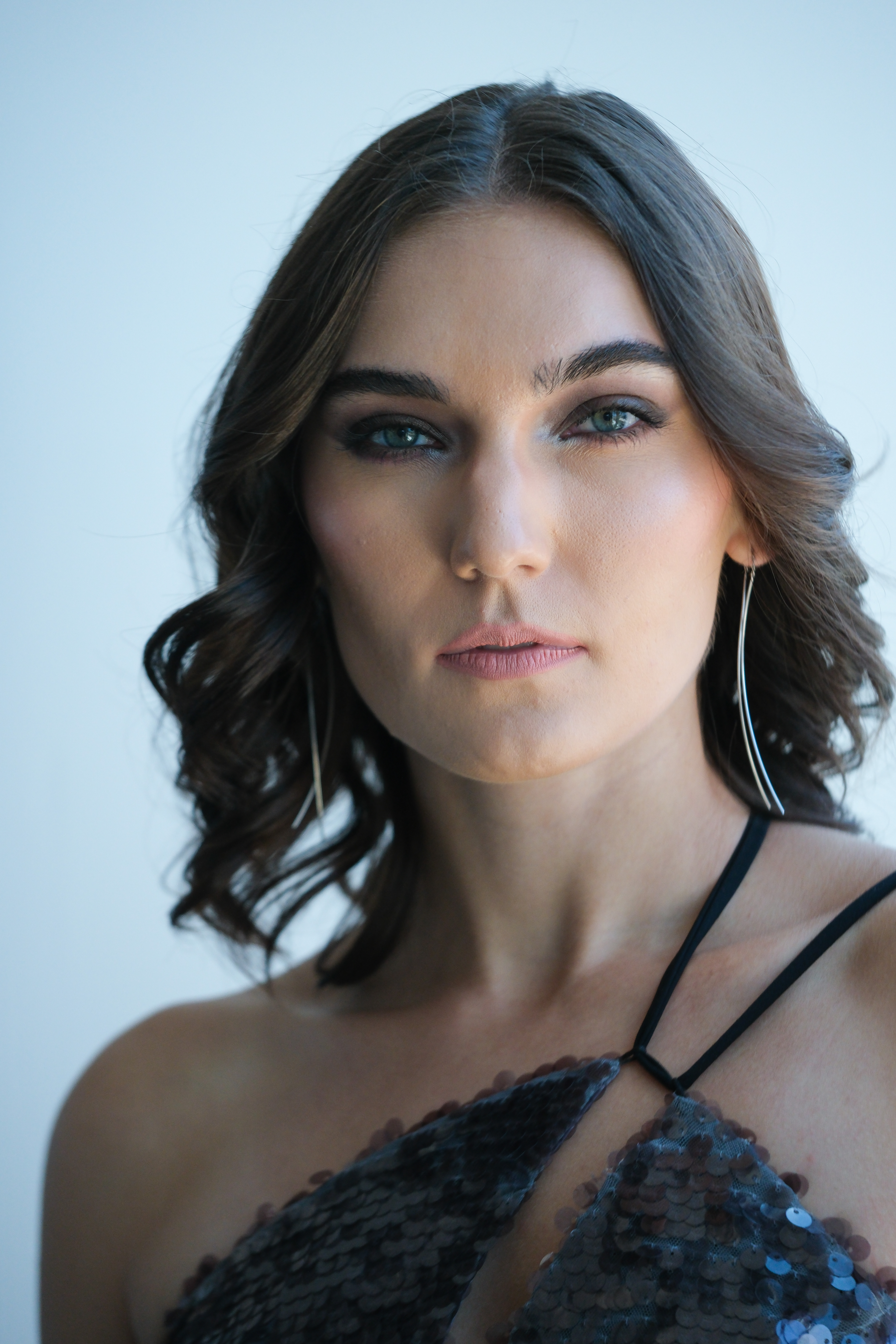




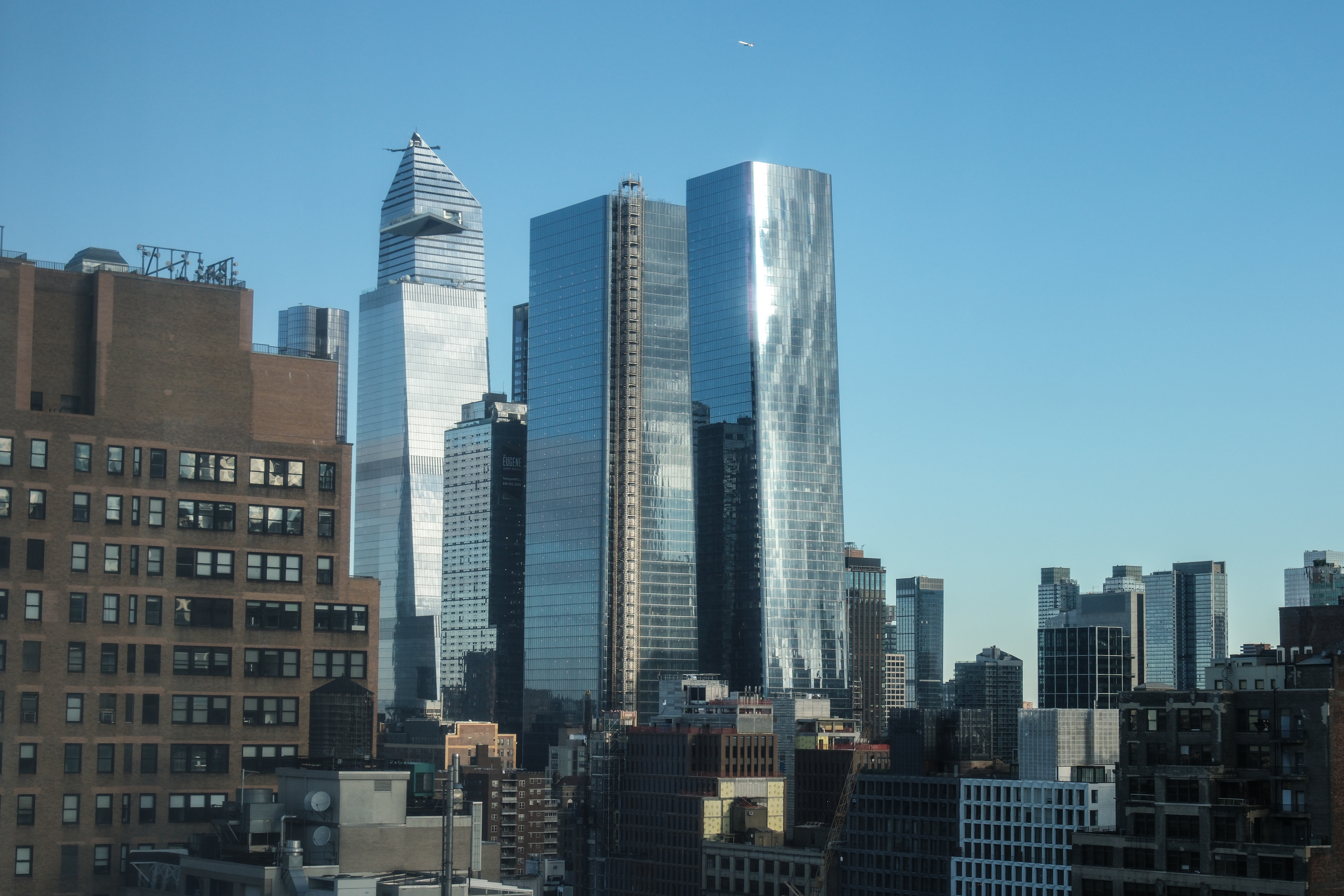

Fujifilm X-H2: Lab results
For our lab data comparison, we compared the X-H2 to its Fujifilm stablemate, the X-H2S, to see how the two cameras differ in terms of outright image quality. We also included two rival flagship APS-C mirrorless cameras: the Canon EOS R7 and Sony a6600.
We test resolution using Imatest charts and software, and dynamic range and signal to noise ratio with DxO Analyzer.
Resolution:
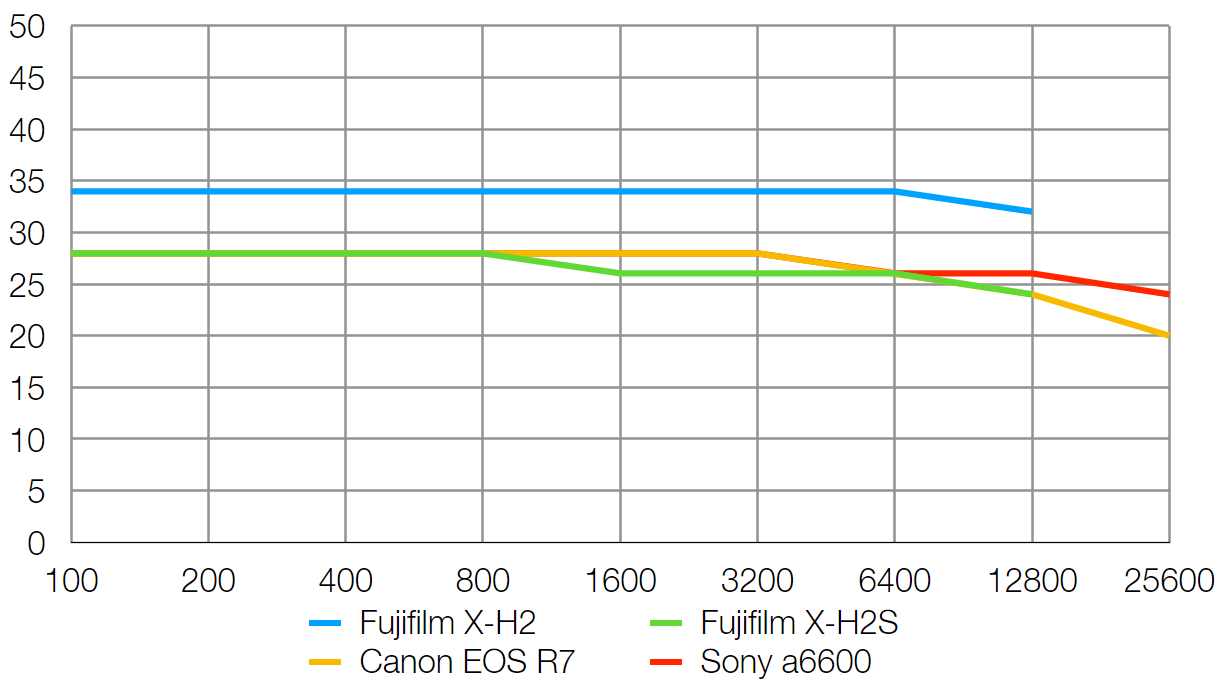
With 40.2MP on tap, it's no surprise that the X-H2 is in a league of its own in this test, resolving significantly more fine detail than the competition.
Dynamic range:
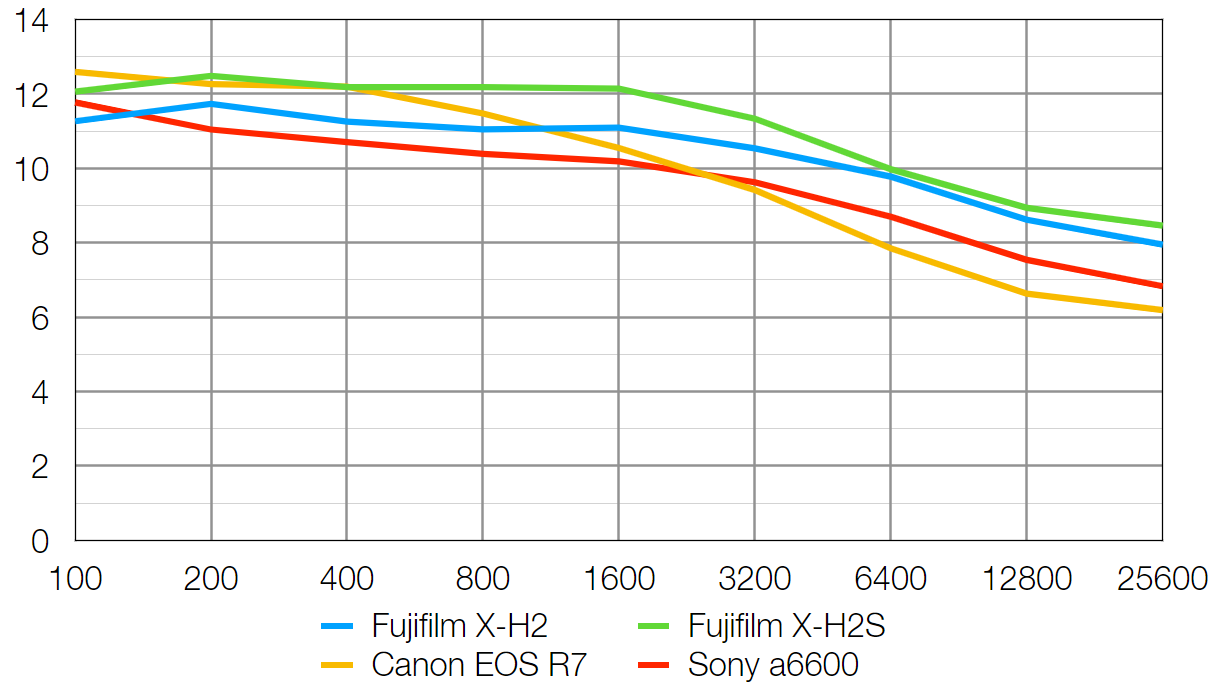
The X-H2 captures a respectable amount of dynamic range, though its more pixel-packed sensor leaves it slightly compromised in this test when compared to the 26.1MP X-H2S. The gap does close at higher sensitivities though.
Signal to noise ratio:
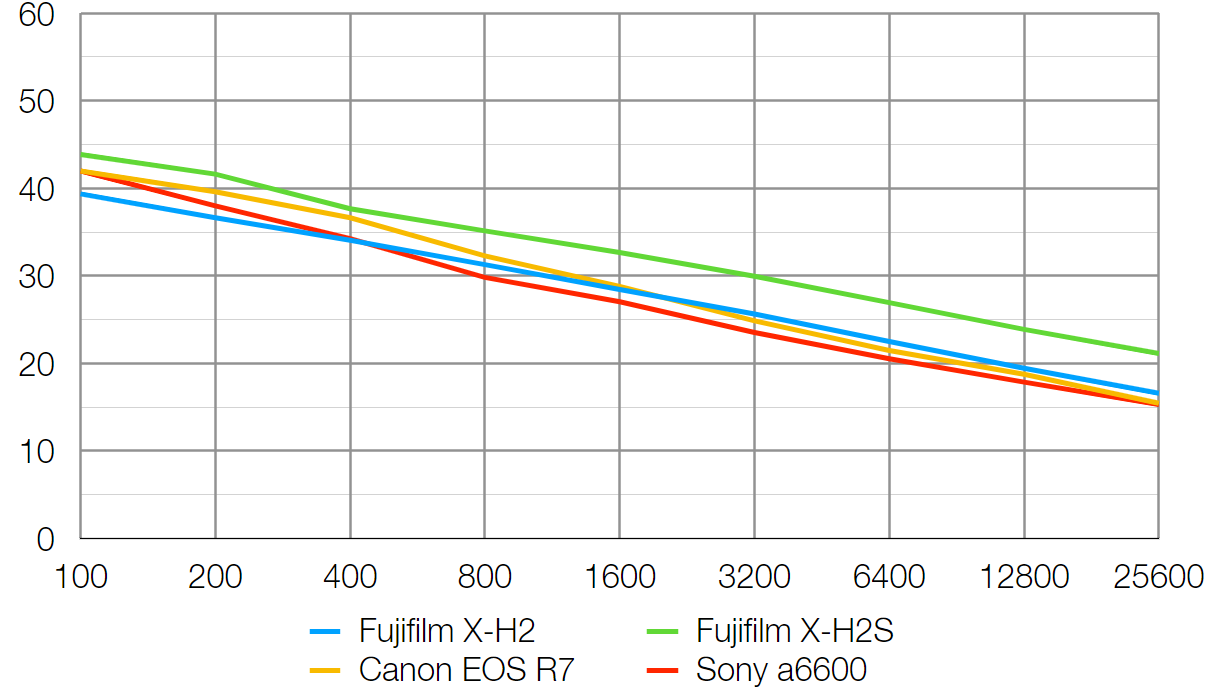
This test compares the amount of random noise generated by the camera at different ISO settings as a proportion of the actual image information (the 'signal'). Higher values are better and we expect to see the signal to ratio fall as the ISO is increased.
The clarity of the X-H2's images is closely matched to those from the Canon and Sony cameras, though the X-H2 does produce marginally less noise and therefore higher signal-to-noise scores at higher ISOs. But even then, it's no match for the X-H2S, with its physically larger, more light-sensitive sensor photosites that are evidently less susceptible to generating noise.
Fujifilm X-H2: Verdict
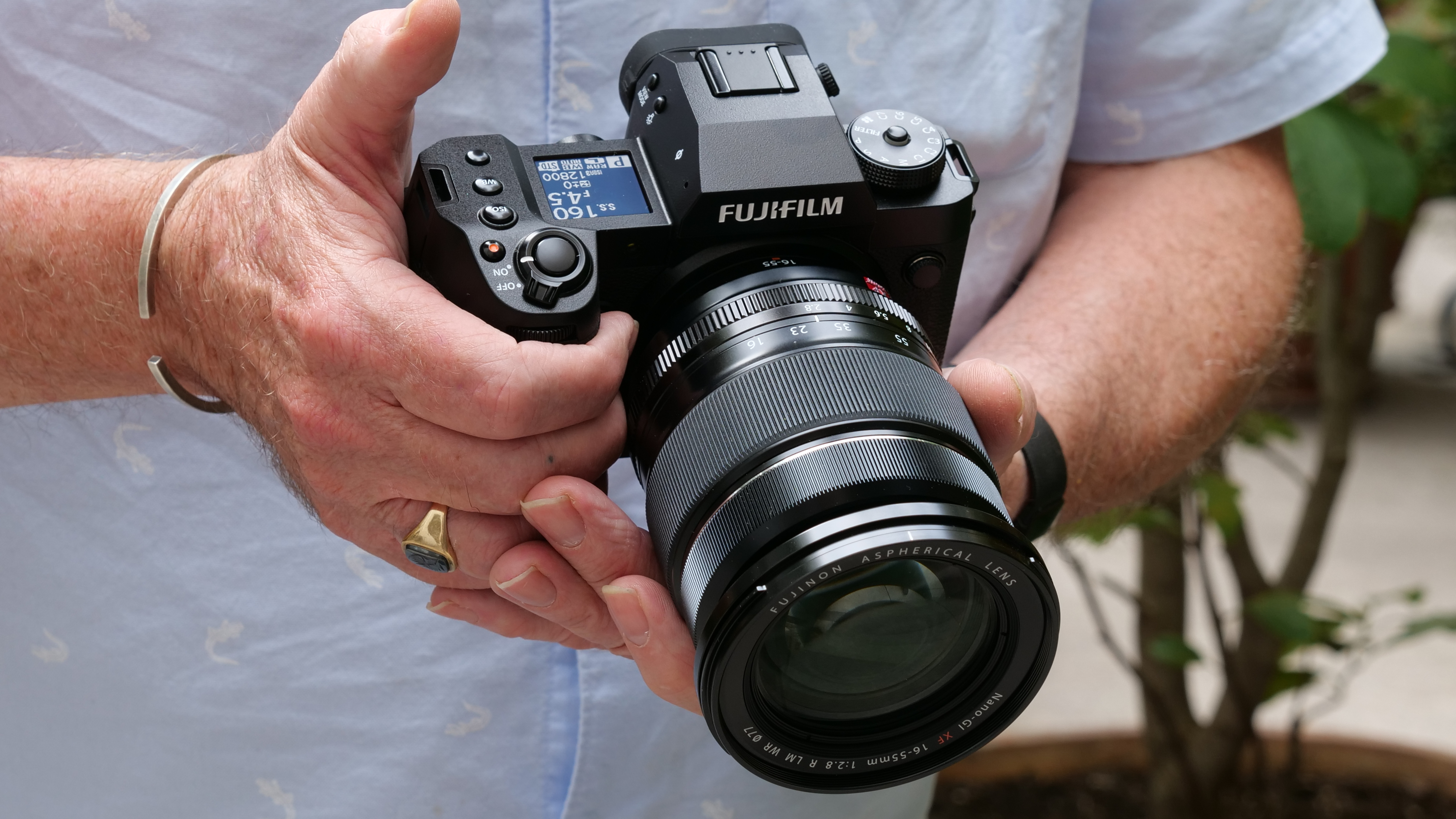
On paper, Fujifilm has not put a foot wrong with the X-H2. The design and handling follow that of the X-H2S (physically they are all but identical) and the X-H1 before it, a camera we admired greatly, so we’re very happy to see its successor.
The X-H2 handles very well, its specification is spellbinding and its price point is just as impressive. Yes, it has a smaller sensor, but it matches the specs of full-frame cameras at 2-3 times the price. The image quality is every bit as good as we would expect, and the resolution doesn't disappoint. The Fujifilm X-H2 genuinely sets new standards for APS-C cameras.
If you're looking into the best Fujifilm cameras, then you might also like to discover the best Fujifilm lenses for your model.

Rod is an independent photography journalist and editor, and a long-standing Digital Camera World contributor, having previously worked as DCW's Group Reviews editor. Before that he has been technique editor on N-Photo, Head of Testing for the photography division and Camera Channel editor on TechRadar, as well as contributing to many other publications. He has been writing about photography technique, photo editing and digital cameras since they first appeared, and before that began his career writing about film photography. He has used and reviewed practically every interchangeable lens camera launched in the past 20 years, from entry-level DSLRs to medium format cameras, together with lenses, tripods, gimbals, light meters, camera bags and more. Rod has his own camera gear blog at fotovolo.com but also writes about photo-editing applications and techniques at lifeafterphotoshop.com
- Chris George
- Lauren ScottFreelance contributor/former Managing Editor

